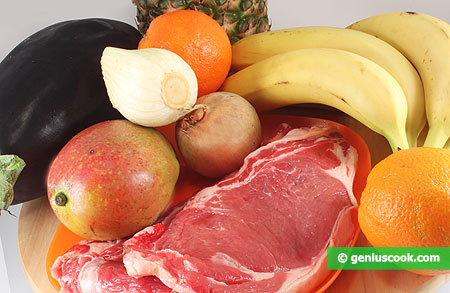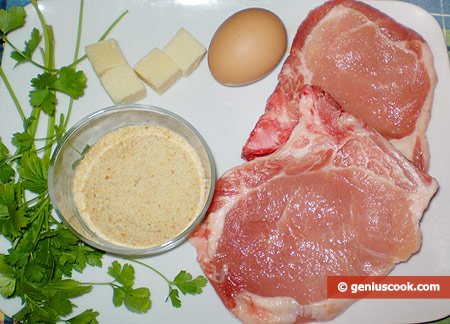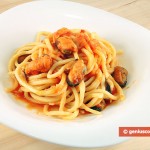What is Paleo Diet ?
Last year Paleo diet increased in popularity. This style of food is also called a caveman’s diet.
This food was typical for the ancient people of the Paleolithic era. Scientists have found that people at that time were healthier than today. They did not have excess weight, diabetes, or hypertension.
Paleo diet is a controversial topic that has its supporters and opponents.
Opponents say that ancient people seemed healthier simply because their life was shorter. They died early, without having to live up to such problems. Besides, they were physically active, and this style of nutrition could not hurt them. They believe that a modern person cannot benefit from an increased intake of protein, giving up cereals and dairy products.
Many agree that this diet is dangerous for those who have kidney problems. Therefore, each person must decide for himself or herself whether to follow this diet.
Supporters believe that the diet helps to optimize health, minimize the risk of chronic disease, and lose weight.
The basic principles of a Paleo diet
- High protein intake – 25-35%. It is much higher than in the contemporary style of nutrition – protein is now no more than 15%. Meat, seafood, eggs are the basic products in Paleo diets.
- Low carbohydrate intake. Non-starchy fruits and vegetables provide 45% of daily calories. Almost all of them have a low glycemic index, are slowly digested and absorbed, do not cause a rise in blood sugar levels.
- High intake of fiber, but not from the grain. Supporters of the Paleo diet believe that whole grains are not the proper source of it. Vegetables contain eight times more fiber than whole grains. Even fruits contain twice as much fiber.
- Moderate consumption of fats. The diet is dominated by monounsaturated and polyunsaturated fats with balanced Omega- 3 and Omega -6 fats. Reduced consumption of trans fats and an increased intake of healthy monounsaturated and omega-3 fats are a stronghold of the Paleo diet. Recent large studies and analyzes show that saturated fats are not as dangerous for the heart and blood vessels, as previously thought.
- More potassium and less sodium. Raw fresh foods contain 10 times more potassium than sodium. The bodies of the Stone Age people were adapted to this proportion. Low potassium is linked to high blood pressure, heart disease, and stroke – the same problems are associated with excessive sodium intake. Today, people consume twice as much sodium as potassium because of eating much processed food.
- Maintain the alkaline balance. After digestion, all products give an acidic or alkaline react. Producers acid – meat, fish, grains, beans, cheese and salt. Alkaline foods – fruits and vegetables. Excess acid can lead to loss of bone and muscle mass, higher pressure.
- High intake of vitamins, minerals, antioxidants, and plant phytochemicals. Meat, fruit and vegetables, provide a complete set, as they contain vitamin C, vitamin A, vitamin B12, and everything else in the spectrum. It is believed that many of the minerals and some vitamins of group B, which are in whole grains, not very well absorbed by the body.
So, what can and can not eat in Paleo diet
YES
- Meat animals pasture raised on fresh grass
- Eggs
- Fish and seafood
- Fresh fruit and vegetables
- Nuts and seeds
- Healthy not refined oils (olive, avocado, coconut, peanut, linseed, macadamia)
NO
- Cereals
- Legumes
- All dairy products
- Refined sugar
- Potatoes
- All processed foods
- Salt
- Refined vegetable oils







